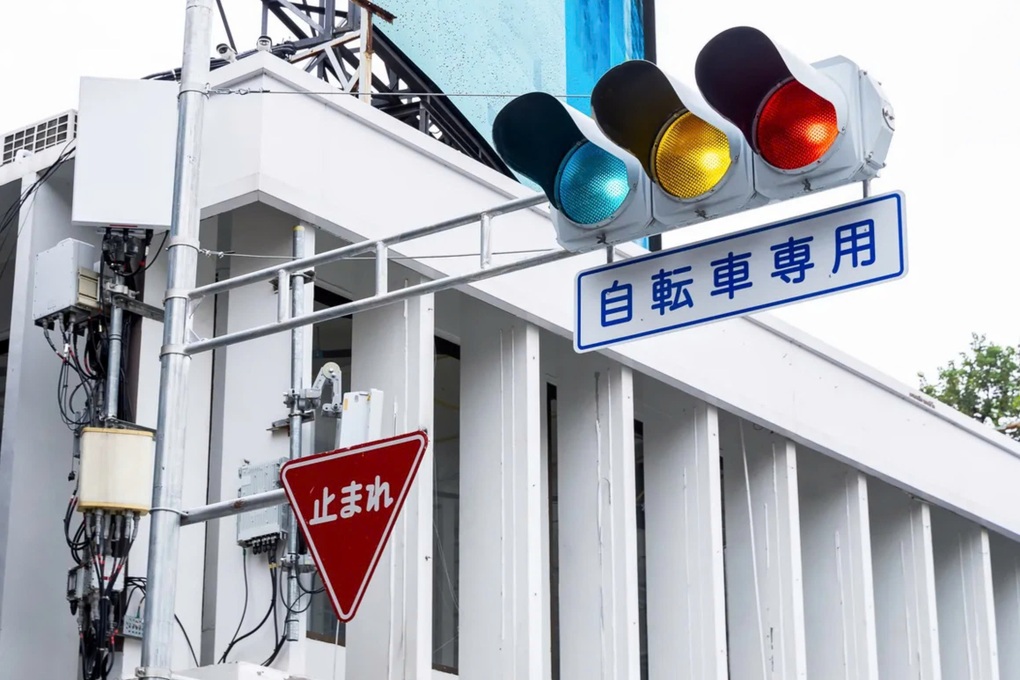
Traffic lights in Japan are distinguished by three colors: Red, yellow, and blue (Photo: Shutterstock).
In most countries around the world , traffic light colors are considered an "unwritten rule", with red meaning stop, yellow meaning caution, and green meaning go. These signals have become almost instinctive, requiring no explanation, transcending all language and cultural barriers.
However, in Japan, a country famous for its unique culture, this rule is not entirely true. Specifically, most of the “green” lights in Japan are blue instead of green, confusing many tourists.
The difference comes from... language
Traffic lights in Japan have the same three colors as the rest of the world: red, yellow, and green. But strangely, the green here is more blue than green.
This phenomenon is not a technical error, but has its roots in the history of the Japanese language. In ancient Japanese, the word “ao” – which originally meant blue – was used to refer to green, blue, and everything in between.
Although modern Japanese now has the word "midori" for green, this distinction has not yet fully caught on in popular culture. The Japanese still commonly refer to green things as "ao," as in the phrases "aoringo" (green apple) or "aoyama" (green mountain).
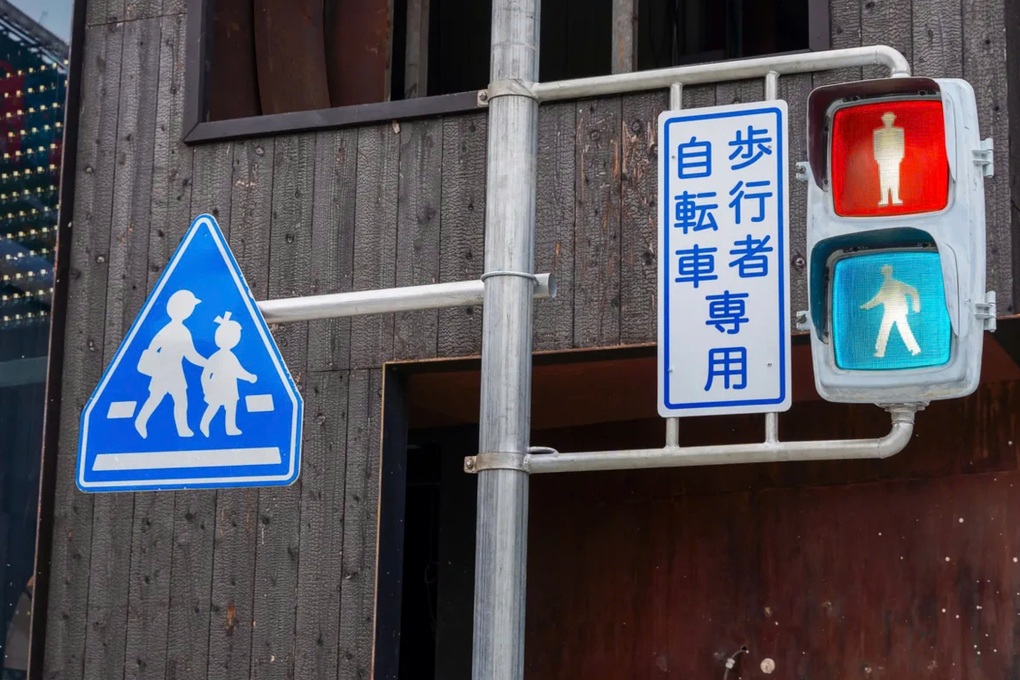
Pedestrian traffic lights in Japan also use blue instead of green (Photo: Getty).
This ambiguity in color perception led the Japanese government , when it issued traffic light standards in 1973, to choose a shade of green closest to blue. This was said to maintain consistency in language and cultural aesthetics.
That explains why some traffic lights in Japan look blue, especially in areas that still use the old system.
Color Perception: Scientific or Subjective?
The differences in traffic light colors in Japan also suggest a broader theme: the naming and perception of colors according to cultural and personal characteristics.
A famous example is the online test IsMy.Blue , in which users are asked to classify color ranges between green and blue. The results show that there is no absolute consensus, even among speakers of the same language.
Similar things were observed in ancient Greece, where color names were not based so much on wavelengths of light, but were more often associated with texture, brightness, and reflectivity. This was a very different way of defining color than today.
Returning to Japan, it can be seen that the color blue on traffic lights is not just a technical choice, but a deep reflection of linguistic and cultural layers that have formed over centuries.
So if one day you are standing at an intersection in Tokyo and see a “blue” light, feel free to continue walking. For the Japanese, it is still a green light – just green in their way.
Source: https://dantri.com.vn/khoa-hoc/vi-sao-den-giao-thong-o-nhat-co-mau-xanh-lam-20250616110452585.htm



![[Photo] Binh Trieu 1 Bridge has been completed, raised by 1.1m, and will open to traffic at the end of November.](https://vphoto.vietnam.vn/thumb/1200x675/vietnam/resource/IMAGE/2025/10/2/a6549e2a3b5848a1ba76a1ded6141fae)








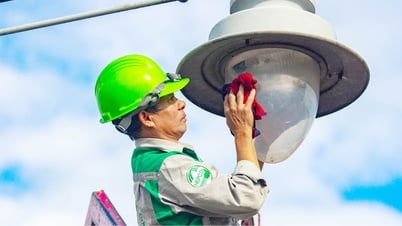
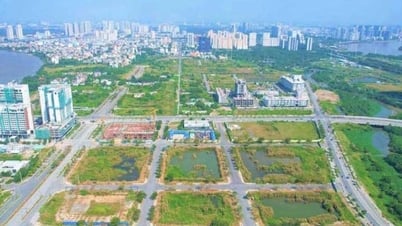
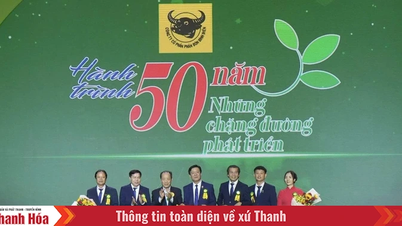





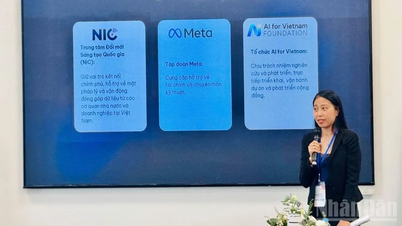



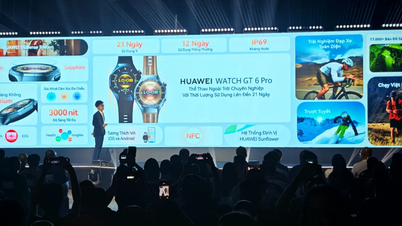















































































Comment (0)